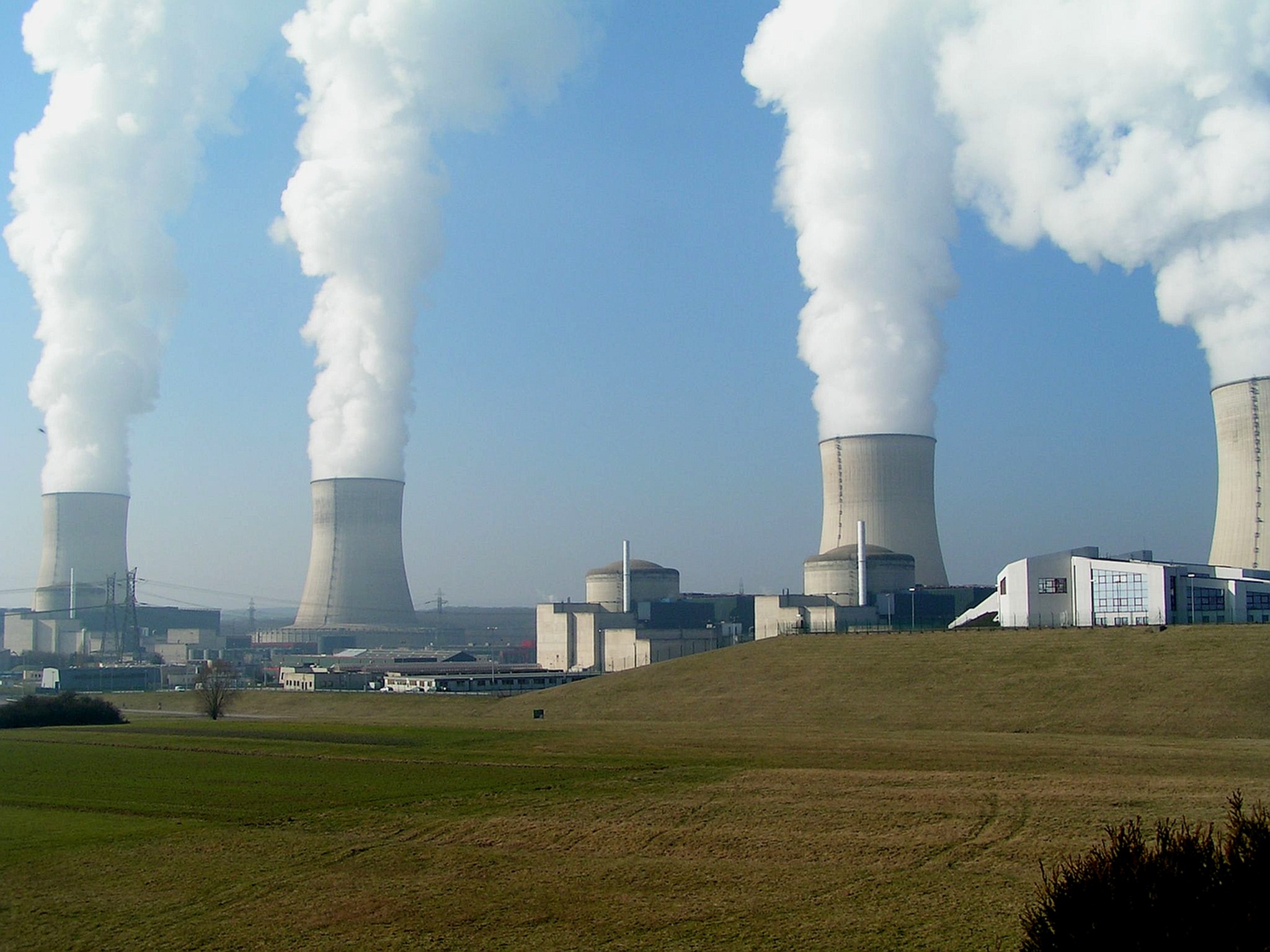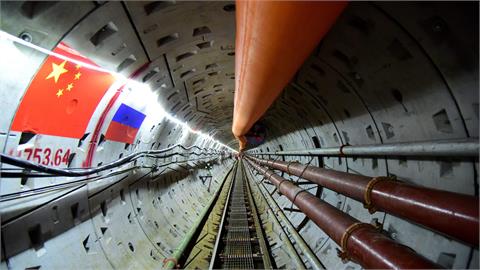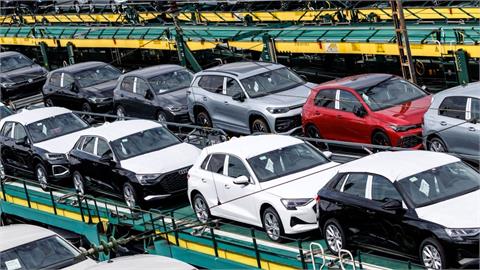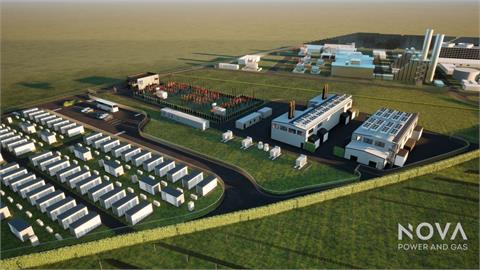Two years ago the Fukushima Daiichi nuclear power plant explosion, brought memories of the 1986 calamitous Chernobyl disaster. It prompted Germany to commit to a complete phase out of nuclear power by 2022. But at the same time, other countries are consistently investing in the construction of new reactors as they are trying to secure large scale electricity generation for future needs
Undisputed, the incident at the Fukushima Daiichi nuclear power plant—the result of a devastating earthquake and subsequent tsunami on March 11, 2011—has re-invigorated the debate about how to meet the world’s growing demands for energy and the contribution of nuclear power to the global energy mix.
Long-term energy policies worldwide must address mainly three key challenges. First, security of supply, and the need to secure economic growth in the context of rising energy demand; second, environmental protection, including the efforts to control climate change and mitigate CO2 emissions; and third, ensuring energy access for the poorest societies. To meet these challenges, the world will require all different sources of energy, energy efficiency and accessible and CO2 free technologies, including renewable energy, cleaner fossil fuels and CCS. Seen, in this perspective, safe nuclear power is one of the key energy solutions—as the energy policies of many developed and developing countries already show.
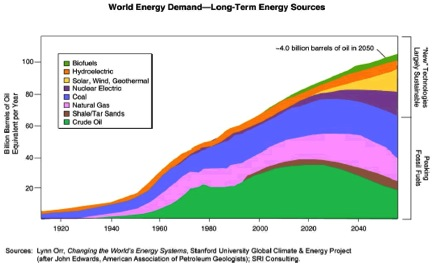
Today there are almost 50 countries that are operating, building, or simply considering nuclear power as a viable solution for electricity generation. Half of them are "newcomers”, aiming to develop nuclear power production in order to cope better with the challenges of affordable, CO2 free energy production.
As of May 2013, 30 countries worldwide were operating 436 nuclear reactors for electricity generation and 70 new nuclear power plants are now under construction in 14 countries including China, India, Russia, South Korea, France, Finland, Turkey and the UAE. Nuclear power plants provided 12.3 percent of the world's electricity production in 2011. In total, 13 countries relied on nuclear energy to supply at least one-quarter of their total electricity.

These numbers suffice to indicate that nuclear power will continue to develop, even if some countries like Germany, Italy, and Switzerland, which have decided to abandon or to postpone for clearly political reasons their nuclear power plans. Nuclear energy is now expected to play a full part in the future global energy mix, provided that nuclear safety together with transparency will continue to be reinforced. This will strengthen public acceptance, in particular through the setting up and maintenance of efficient governance of nuclear safety that is internationally credible.
The disaster that happened in Fukushima was a very good lesson to the governments and to the IAEA to be much more stringent with safety standards and regulations, which govern the construction and operation of nuclear power plants. For example, the absence of backup electricity capacity was one of the main factors that caused the loss of control over the reactors at Fukushima Daiichi. Countries now are upgrading their emergency preparedness and response capabilities. IAEA safety standards are being reviewed and it is fair to say that according to IAEA nuclear power is safer now than it was before the Fukushima Daiichi accident. But the process of ensuring that the right lessons are learned will continue for many years.
Despite the accident, nuclear power remains a growth area globally. This is very different from the situation following the Chernobyl accident back in 1986, when nuclear power virtually stopped in its tracks. The Fukushima accident has not so far led to a significant retraction in nuclear power programmes in countries outside Europe, except Japan itself. In Europe, changes in nuclear policies have only taken place in Germany, Switzerland, and Italy. Surely, growth is likely to be slower than it was anticipated before the accident. But latest projections from the International Energy Agency (IEA) show a steady rise in the number of nuclear power plants to be commissioned worldwide over the next 20 years.

UK’s long term energy strategy is also based on the further development of this nuclear energy. Between July and November 2008, a consultation was carried out on a proposed strategic sitting assessment (SSA) process for identifying sites which are suitable for new nuclear power stations to be built by the end of 2025. Sites that have been found to be strategically suitable for new nuclear plants are listed in the UK Nuclear National Policy Statement (Nuclear NPS). Late in July 2011 NNB Generation (EDF Energy 80%, Centrica 20%) submitted an application to the UK Health and Safety Executive's Office for Nuclear Regulation for a nuclear site license for two Areva EPRs at Hinkley Point C. ONR assessed the company's "suitability, capability and competence to install, operate and decommission a nuclear facility" and accordingly issued a license in November 2012. Local government had earlier given permission to use the site.
Launching the nuclear strategy document, Mr. Vince Cable, UK’s Secretary of State for Business, said recently that the nuclear industry provided "significant opportunities for economic growth” and nuclear power has the potential to play an increasing role in meeting the UK’s future energy needs. He said the industry had indicated "that the UK new build programme (around 16GW) equates to an investment of circa £60bn, which could support an estimated 30,000 jobs”. Separate analyses have showed it could be as many as 40,000 jobs. UK’s energy ministers have repeatedly said they want 16GW of new nuclear stations built at five sites across the country by 2025, helping to power the country as old plants close and get decommissioned.
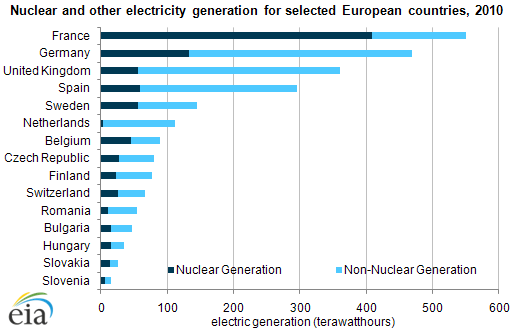
Progress in many national programmes, especially in non-OECD countries, has been delayed, but there is no indication that their pursuit of nuclear power has declined in response to Fukushima. The United Arab Emirates recently became the first new country in 27 years to start building a nuclear power plant. Countries as diverse as Vietnam, Iran, Bangladesh, Poland, Turkey and Belarus plan to follow suit.
On the other hand, regarding the rest of Europe, cash shortages and uncertainty over energy prices are delaying or cutting back nuclear power projects across Central and South-Eastern Europe, threatening energy supply and a push to abandon polluting coal. Investors are retreating, worried that future energy prices might not give them a good return.Many countries in the region have looked to nuclear power generation to provide a stable energy supply and to help meet tough new EU emissions targets. But high capital costs, dwindling interest from power firms, uncertainty about future carbon emissions prices and tangled planning permission are all slowing plans.
Romania, Poland and the Czech Republic are some of the European Union's least energy-dependent states, but licensing and investment decision delays put them at risk of boosting energy imports in a decade or so as ageing coal-fired plants are shut or become too expensive to run. Recently, power groups GDF Suez, RWE and Iberdrola quit plans in Romania to add two more units to its only nuclear power plant at Cernovoda by 2017. Czech CEZ's exited the project in 2010. Romania is left with just two foreign partners and will be casting for new investors, a search that will likely delay the project. Romania, where energy production is largely in state hands, estimates it will need to shut down and replace a third of its power plants by 2020. It sees demand rising by 2% on average each year until then. But with the exception of some small scale new hydro power units, it last built a new power unit in 2007, when its second 706 MW nuclear reactor went on stream. It is no doubt that there is no clear government policy regarding the future of Cernavoda, Romania’s only nuclear power plant. Recently, as of May 2013 on the occasion of a visit paid by an official Romanian delegation to China, Romania proposed to Chinese investors cooperation on the projects of Cernavoda nuclear reactors 3 and 4.

Bulgaria, the Czech Republic and Poland have also hit delays in their plans to build or expand nuclear power generation. In Bulgaria, the Kozloduy plant remained with just two operational reactors of 1,000 MW each after the government closed down four units of 440 MW each to address EU nuclear safety concerns prior to the country's accession to the bloc. As of May 2013, Bulgaria’s environment ministry approved an environmental impact assessment report on the planned decommissioning of four units of the country's sole nuclear power plant.
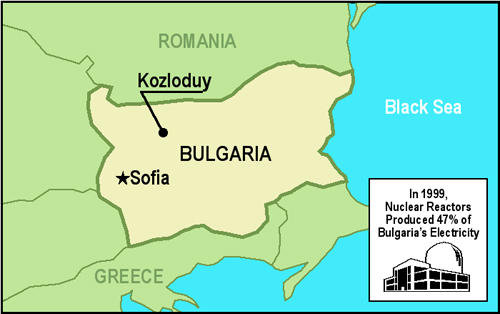
On the other hand Bulgaria's parliament in late February 2013 confirmed its decision to abandon a project for the construction of a second nuclear power plant (NPP). Under Bulgaria’s constitution, the issue had to be included in the parliamentary agenda as voter turnout in a recent referendum on the future of the project exceeded, albeit marginally, 20%. With 114 votes in favour and 40 against, the MPs confirmed their decision of March 29, 2012 to scrap the project. In the referendum held on January 27,2013 as many as 60.6% voted in favour of the construction of a second nuclear power plant. However, the outcome of the referendum was not recognized as valid as voter turnout was less than in the latest parliamentary elections when 4.3 million people went to the polls. The referendum was initiated by the opposition Bulgarian Socialist Party after the country abandoned plans to build a 2,000 MW plant in Belene, for which it had hired Russia's Atomstroyexport, due to disagreement over its estimated cost and failure to attract a strategic investor. According to the government in Sofia, the project would cost at least 10.35 billion euro ($13.5 billion), while the Russian side estimated it at some 6.3 billion euro.
In the Czech Republic, state-controlled power group CEZ, Central Europe's biggest utility, postponed a tender in 2010 to expand its Temelin nuclear plant. Slovenia was expected to approve a decision to build a second plant by 2020 last year, but the decision has yet to come. Croatia will not likely decide before the end of 2013 on whether to partner Slovenia or Hungary for a plant or build a second one on its own territory.
Poland, which generates most of its power from coal, wants to build a nuclear power plant but has struggled to find skilled workers and introduce new legislation needed to move the project along. "The world has changed [...] everybody is a bit more careful about spending big money," said Stephan Werthschulte, head of the power generation business at consultants Accenture. "These projects are more complex than in the past [...] the appetite for risk is lower so you must have more partners."
Finally Turkey appears to be the small miracle of rebirth of nuclear energy in the wider region of SE Europe. While other EU countries are increasingly investing in renewables, Turkey is planning three major new nuclear power stations. The country's aim is to turn from being a net importer to a net exporter of energy. In May 2013 a consortium comprising France's nuclear group Areva and Japan's Mitsubishi Heavy Industries or MHI was confirmed as the winner in the tender for the construction of a nuclear plant in Sinop, on the Black Sea coast. An agreement was signed on May 3 upon an official visit to Ankara to meet Turkey’s Prime Minister Recep Tayyip Erdogan by his Japanese counterpart, Shinzo Abe. The amount of the contract is estimated at JPY 2,000 billion (USD 20.6bn/EUR 15.6bn). The Sinop nuclear power plant is expected to be put in operation by 2023 and comprise four pressurised water reactors with a combined capacity of 4.5 GW.
At the same time Russia's Rosatom will build Turkey's first nuclear power plant in the country's south under an agreement signed in 2010. The plant will have four units of 1,200 MW capacity each. The company expects to start producing power from the plant in 2019.
Turkish Energy Minister Taner Yildiz has declared that the country wants to "develop into an energy exporter." By 2023, 30 percent of the national electricity demand is to come from local renewable energy sources. But Ankara is investing too in nuclear power. The ambitious plan is to have three new nuclear power stations operational in Turkey by 2023. Turkey's energy consumption has almost doubled in the past decade - from 130 billion kilowatt hours to 240 billion, meaning its of demand increase for natural gas and electricity is topped only by China.
Undoubtedly, other sources of energy such as renewables also have an important contribution to make. But they are not in a position to provide the amounts of reliable base-load electricity which a modern economy needs 24 hours a day, 365 days a year. Nuclear power can do that.
The Safety and Waste Concerns
From an engineering perspective, it is important to recognize both risk and the consequences of risk. In both the Chernobyl and Fukushima nuclear accidents, risks weren't recognized and consequences weren't properly estimated. As a result, a larger segment of the public has developed a healthy fear of nuclear power. It is not going to be easy to overcome this fear and change attitudes about nuclear power.
There are two major issues that must be dealt with: Assuring the safety of the public, and adequately dealing with nuclear waste. With respect to safety, that nuclear power plants can be designed to be fail-safe, if not fail-proof. To be fail-safe means that if an accident does take place, the system goes to a safe state. A simple example of this is an electrical fuse. If too much current tries to flow across the fuse, it melts and stops the flow of electricity. Neither Chernobyl nor Fukushima were fail-safe designs. Future nuclear plants must be designed in a way that provides the public with a high degree of confidence that the designs are fail-safe.
Public expectation may be that nuclear designs need to be fail-proof, but there are many reasons why that metric will never be achieved. The most fundamental reason is that we simply can't guard against every possible outcome. Thus, we try to mitigate possible consequences, and implement fail-safe designs.
If the fail-safe metric can be met, then more effort should be devoted to dealing with the nuclear waste. The public is unlikely to embrace convoys of trucks hauling nuclear waste on highways to disposal sites. A better option would be to reprocess that waste on-site into additional nuclear fuel. The technology for reprocessing nuclear fuel exists—and is in operation in certain facilities—but to date most plants have opted for the cheaper option of just storing spent fuel on-site.
Longer term, commercialization of thorium reactors would dramatically reduce (although not totally eliminate) the risk of nuclear-weapon proliferation. Thorium is abundant relative to uranium, and thorium does not have to undergo the enrichment process that uranium requires. Further, thorium reactors have little risk of melting down because climbing temperatures will decrease the power output, eliminating the runaway reaction possibility present in a uranium-fueled reactor. Thus, these reactors would naturally tend toward the fail-safe state. The primary disadvantage is that thorium reactors are still mainly at the experimental stage, and therefore commercial viability has not yet been clearly demonstrated.
(source: IENE’s SOUTH-EAST EUROPE ENERGY BRIEF- Monthly Analysis, Issue No 95 • May 2013)
